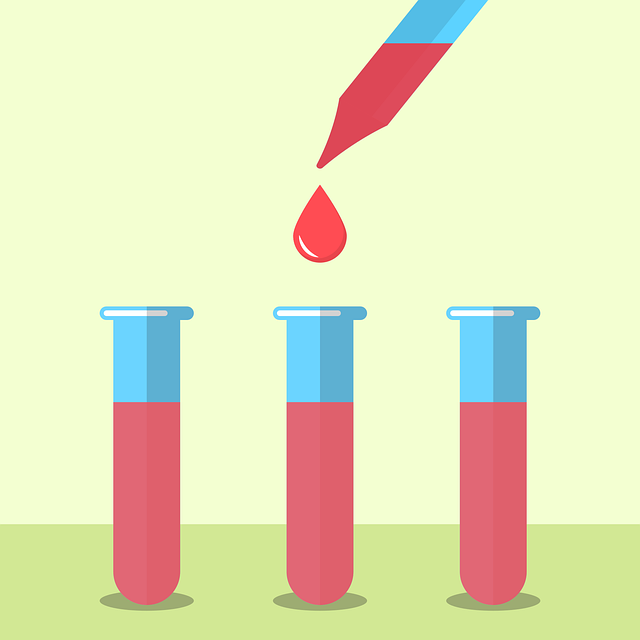release time:2024-01-16 11:23:44

Accurate and reliable results from veterinary biochemical analyzers are crucial for informed clinical decisions in animal healthcare. This article explores various factors that can influence the accuracy of these analyzers and provides insights on how to mitigate their impact.
Importance of timely and correct specimen handling for result accuracy.
Physiological baseline variations in biochemical parameters among different animal species.
Specific breeds may have predispositions to diseases affecting certain analytes.
Dehydration and overhydration effects on blood analyte concentrations.
Physiological changes influencing biochemical parameters during reproductive stages.
Impact of coexisting diseases on specific analyte results.
Risks and consequences of contaminating blood samples with other substances.
Importance of proper storage conditions and timely transport to maintain sample integrity.
Calibration issues, equipment malfunction, and maintenance importance for accurate results.
The significance of proper training and adherence to protocols in minimizing errors.
A comprehensive understanding of these factors is vital for veterinarians to ensure accurate and reliable results from biochemical analyzers. Mitigating these influences through proper handling, awareness of animal-specific considerations, and instrument maintenance is essential for providing high-quality healthcare to animal patients.

2024-12-02
Learn how the Seamaty SMT-120VP Vet Chemistry Analyzer helps diagnose liver damage in dogs and cats with accuracy, speed, and ease—perfect for modern veterinary clinics.

2022-08-19
In order to assess a patient during a consultation and gather diagnostic information, point-of-care (POC) diagnostic equipment are employed. These tools are used to test for drugs of misuse, infectious disorders, and pregnancy. They also analyze electrolytes and enzymes and measure glucose and cholesterol levels.

2021-12-06
As we all know, biochemical tests are one of the common items for both general physical examinations and hospitalization. But what is biochemical test? Who should have biochemical test? What are the items included in the biochemical test? What should we pay attention to before doing it? Today, we will give you a clear explanation in one article!